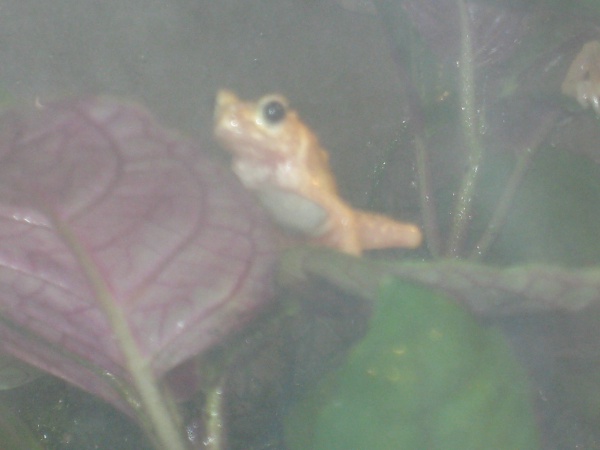Facts About Kihansi spray toad
The Kihansi spray toad, a diminutive amphibian indigenous to Tanzania, is currently classified as "Extinct in the Wild" by the International Union for Conservation of Nature (IUCN). Nonetheless, the species persists within captive breeding programs. Exhibiting sexual dimorphism, females can reach up to 2.9 cm in length, while males grow to about 1.9 cm. These toads possess yellow skin adorned with brownish stripes along their backs and notably lack external ears. Unlike many other amphibians, Kihansi spray toads reproduce via internal fertilization, with females giving birth to live larvae.
In their natural habitat, these toads were exclusively located in a small wetland area at the base of the Kihansi River waterfall on the Udzungwa escarpment. This specialized environment was maintained by the continuous mist generated by the waterfall.
The primary cause of their extinction in the wild was habitat destruction due to the construction of the Kihansi Dam in 1999. The dam significantly diminished the water flow, altering the vegetation and disrupting the toads' habitat. In response, conservationists have implemented measures such as artificial spray systems to mimic the natural mist environment and have initiated captive breeding programs in North American zoos.
Both the Bronx Zoo and Toledo Zoo have successfully sustained breeding populations of the Kihansi spray toad. In 2010, some of these captive-bred toads were transported back to Tanzania in an effort to reintroduce them to their natural habitat.
Despite facing challenges like outbreaks of the chytrid fungus and equipment malfunctions in captivity, conservation efforts persist. Researchers emphasize the importance of a gradual reintroduction process to help the toads acclimate to their natural surroundings and ensure their long-term survival.

 Kenya
Kenya